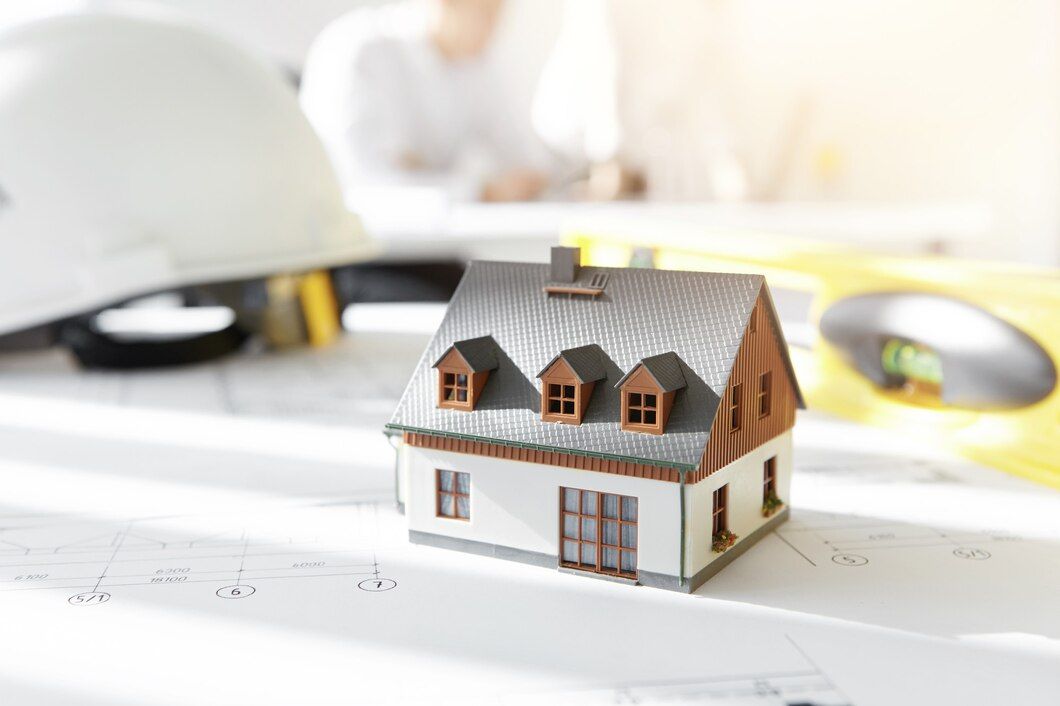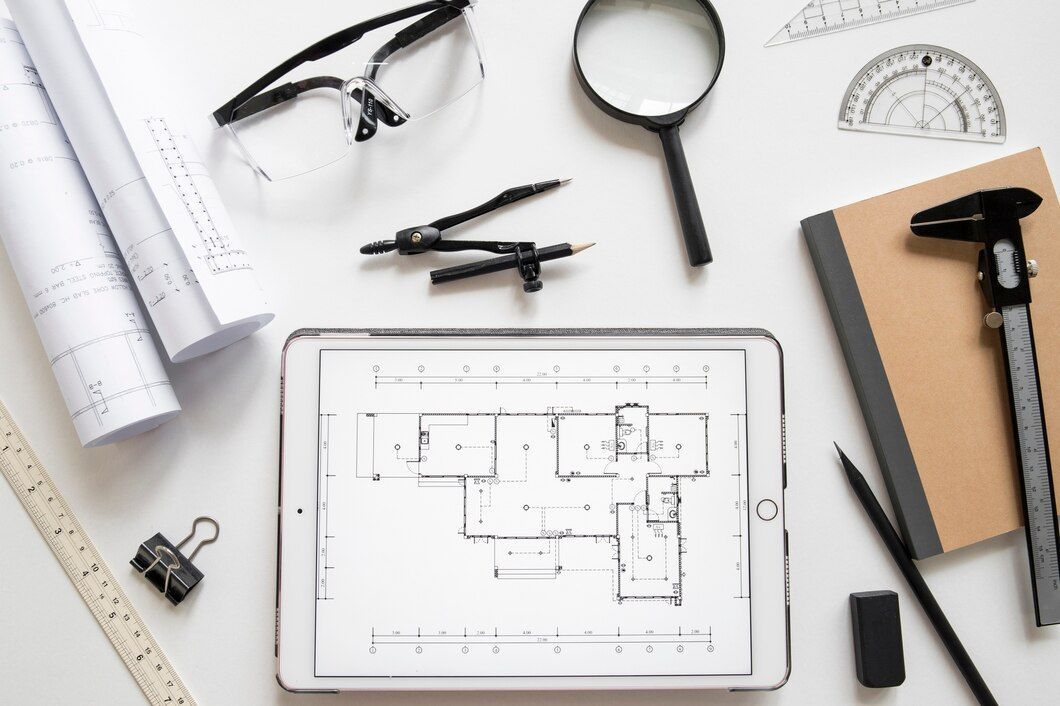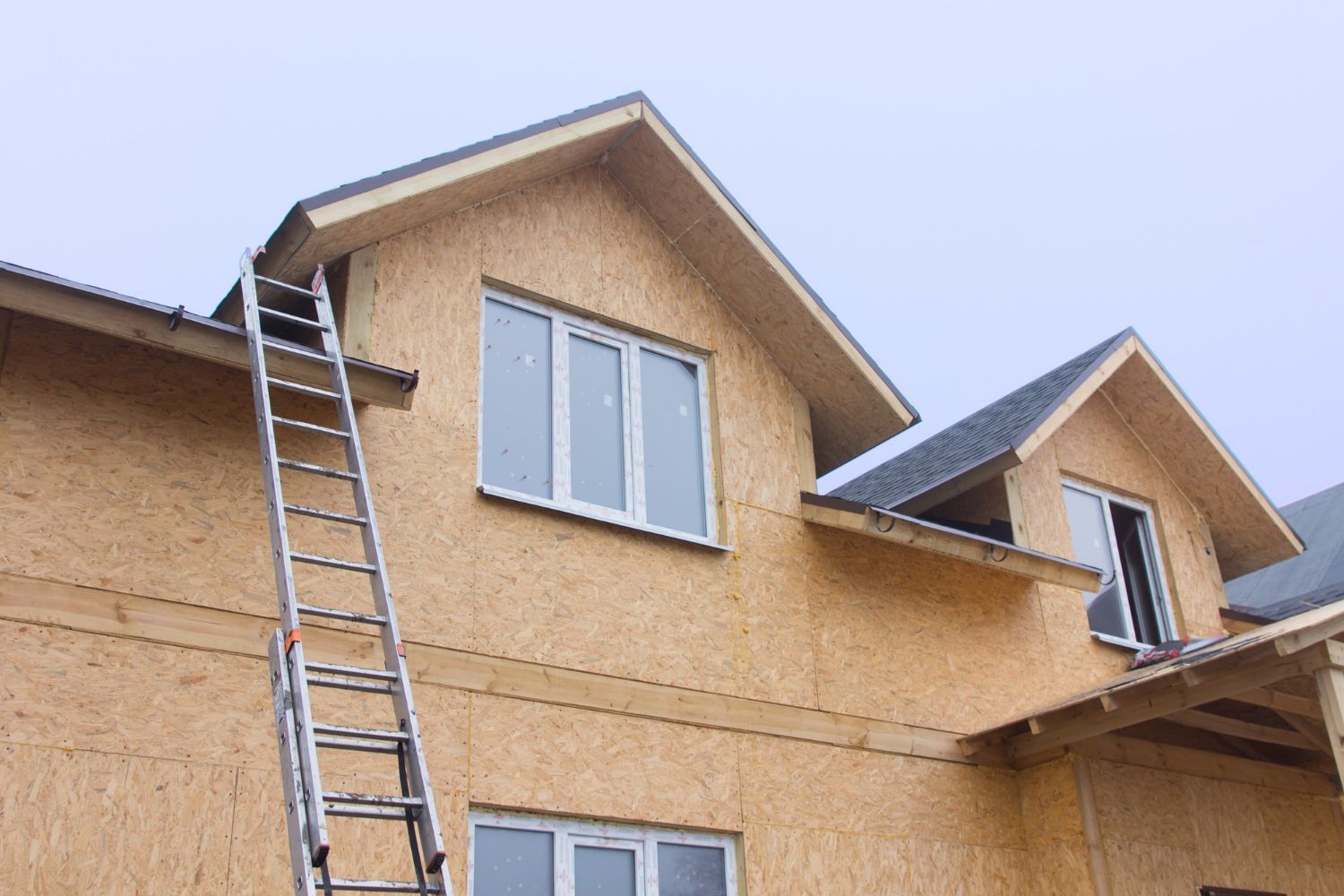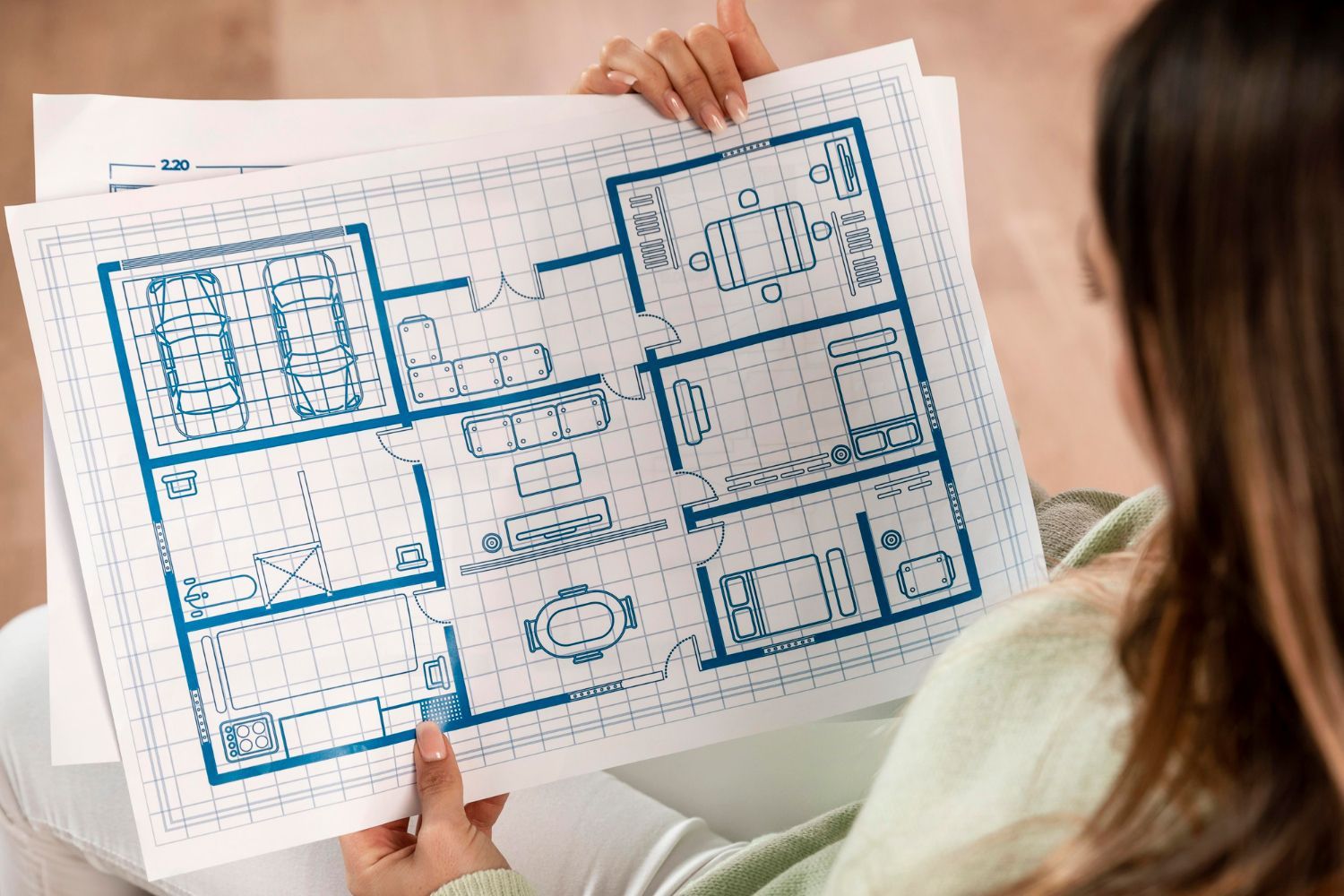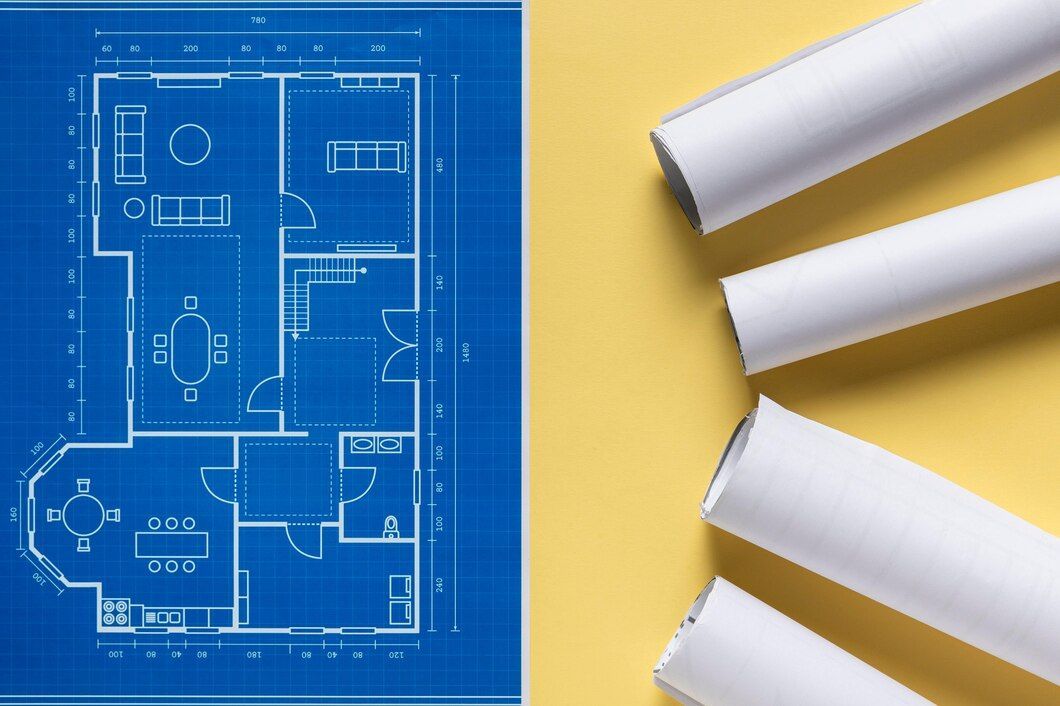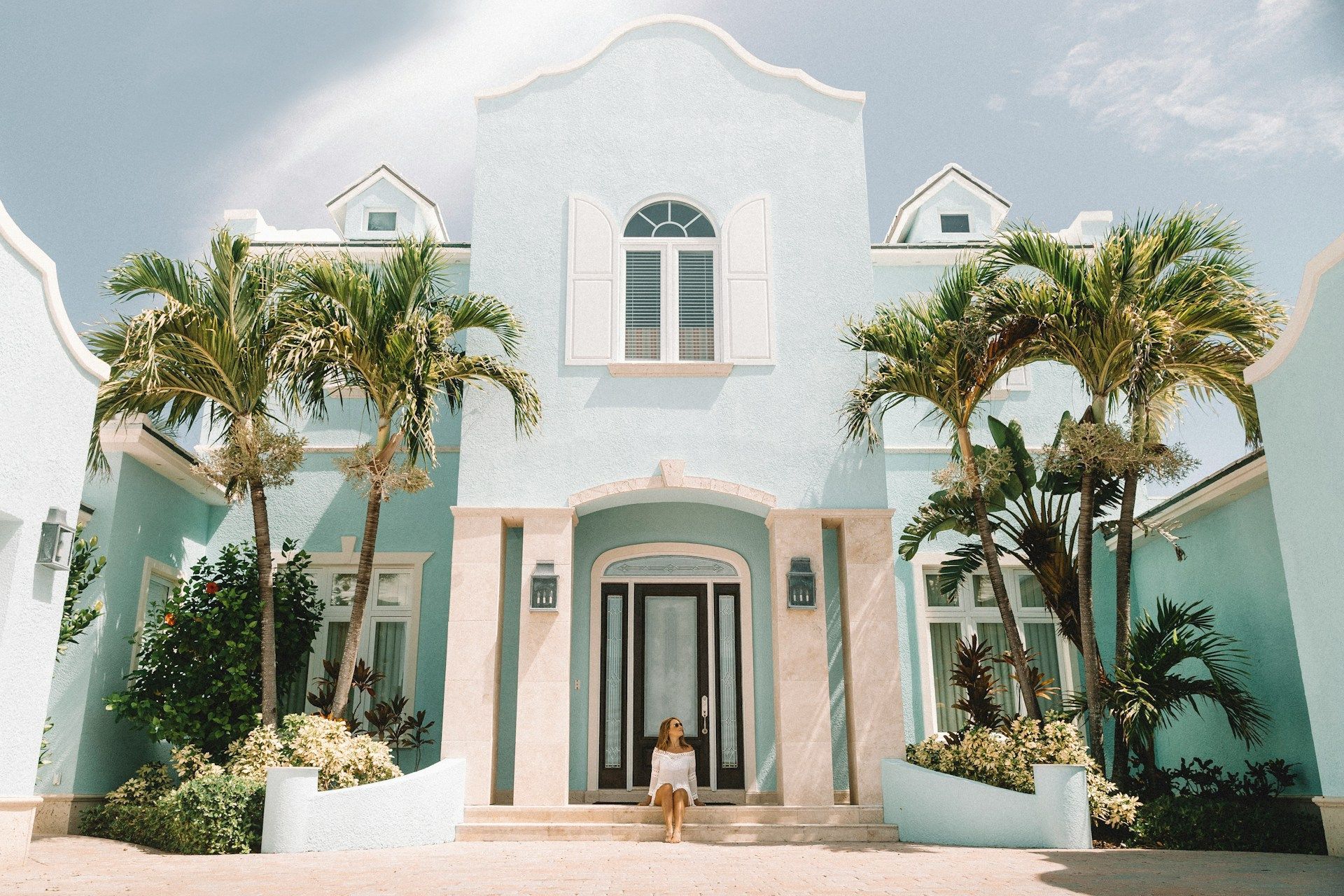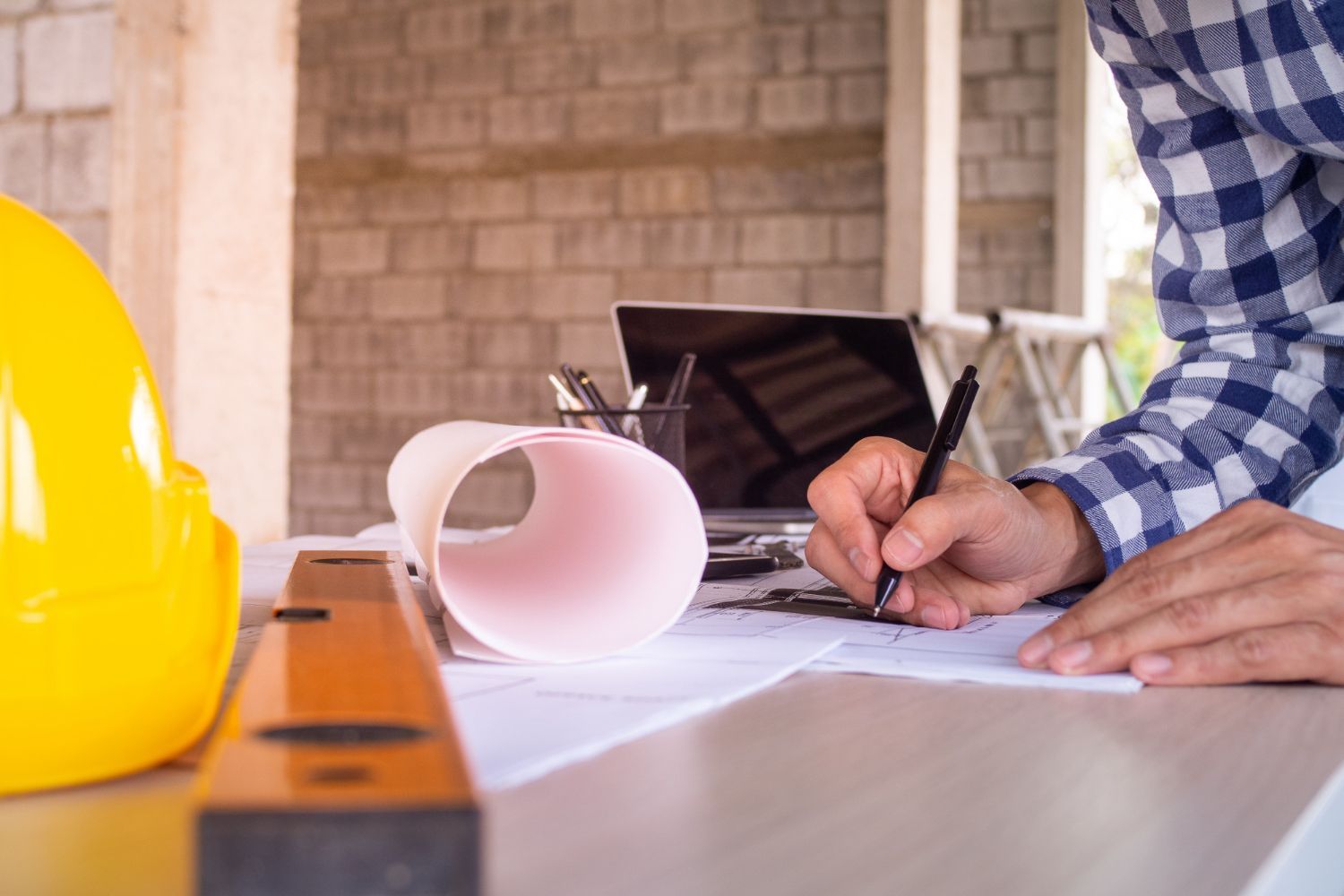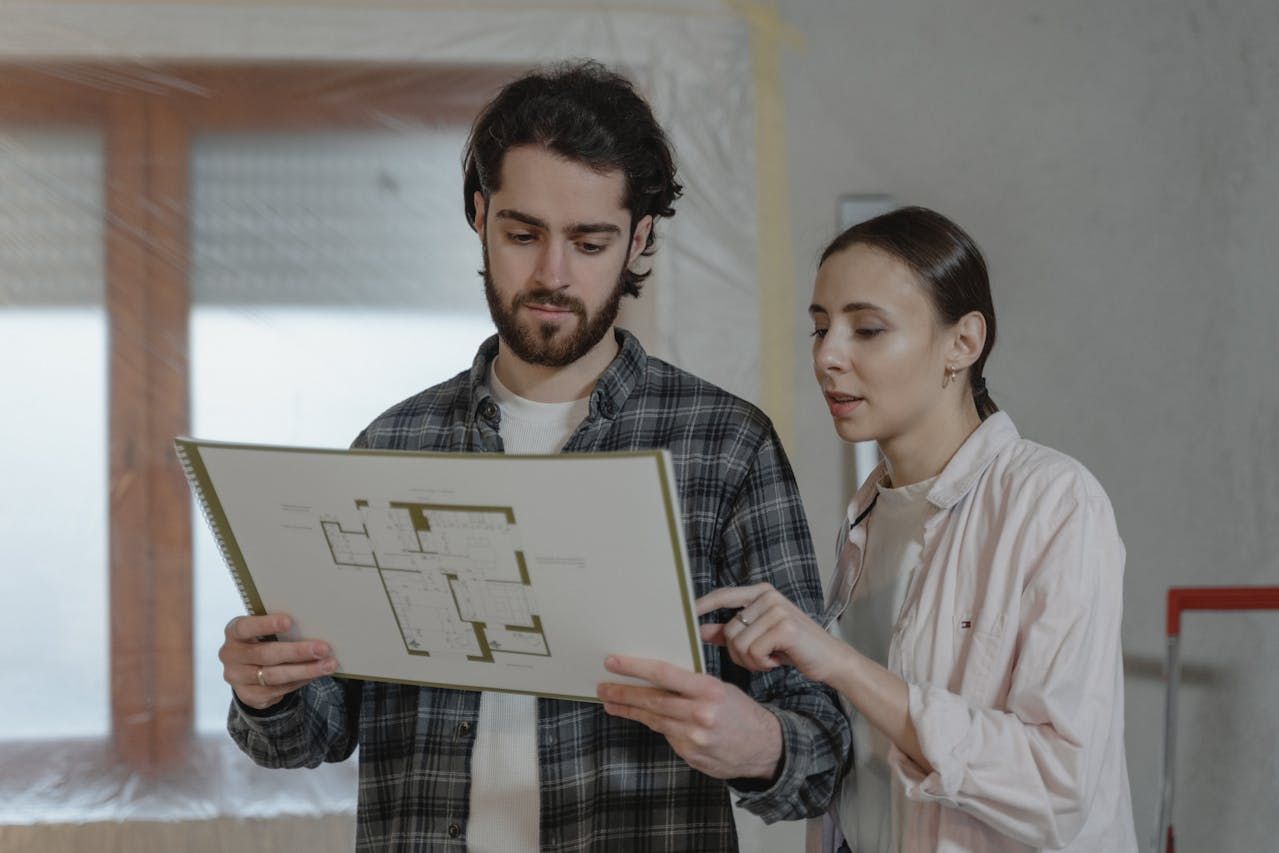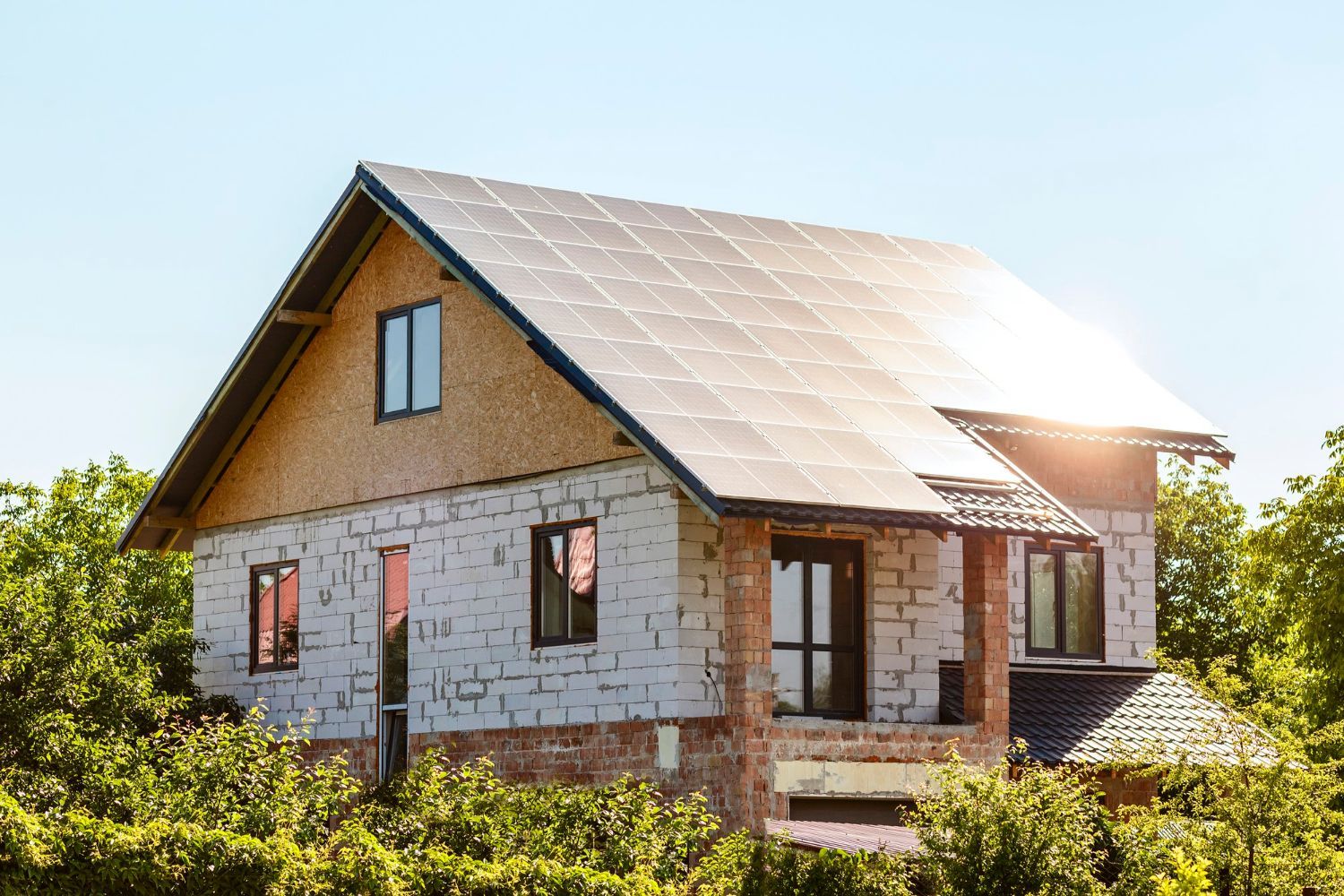541-815-0855
custom@mhbi.us
How to Plan Your Budget for a Custom Home
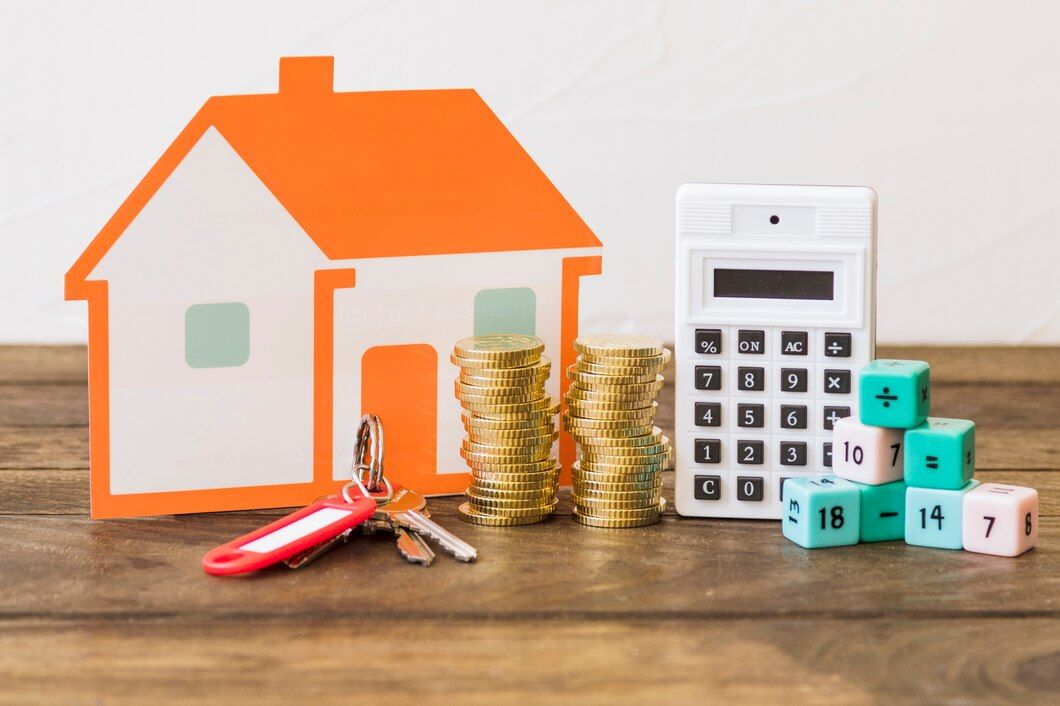
Planning your budget for a custom home is a crucial step to ensure your dream house becomes a reality without financial stress. A well-thought-out budget helps you manage costs, avoid surprises, and feel confident throughout the building process. By taking the time to plan your finances carefully, you can move forward with clarity and peace of mind.
To start, you need to determine your total budget. This includes not only the construction costs but also additional expenses like permits, landscaping, and interior finishes. Breaking down these costs allows you to see where your money will go and helps you make informed decisions along the way.
In addition to the main expenses, there are often unexpected costs that can arise during construction. Planning for these additional expenses in advance can save you from financial headaches later on. Finally, staying within your budget requires careful monitoring and smart choices throughout the building process. With the right approach, you can build your custom home without exceeding your financial limits.
In the following sections, we'll explore each aspect of budgeting for a custom home in detail, providing you with practical tips and strategies to manage your finances effectively.
Determining Your Total Budget
The first step in planning your budget for a custom home is determining your total budget. Knowing how much you can afford will guide every other decision you make. Start by assessing your financial situation.
- Assess Your Finances: Look at your savings, income, and any other assets you have. Decide how much you can comfortably set aside for your new home without straining your finances. Factor in your current expenses and future financial commitments.
- Seek Financing Options: If you plan to take out a loan, research different mortgage options. Get pre-approved for a loan to understand how much you can borrow. Talk to several lenders to find the best rates and terms.
- Set a Realistic Budget: Combine your savings and the amount you can borrow to set a total budget. Be realistic about what you can afford. Remember to include a buffer for unexpected costs, usually around 10-15% of your total budget.
- Prioritize Your Needs and Wants: List what’s essential for your new home and what would be nice to have. Prioritize needs like the number of bedrooms or a well-equipped kitchen over luxury features. This will help you stay within budget if costs rise.
By carefully assessing your finances, seeking the right financing options, and setting a realistic budget, you lay a solid foundation for your custom home project.
Breaking Down Construction Costs
Once you know your total budget, the next step is to break down the construction costs. Understanding where your money is going helps you allocate funds effectively.
- Land Purchase: The cost of the land is a significant part of your budget. Research different areas to find a plot that fits your budget.
- Site Preparation: This includes clearing the land, grading, and setting up utilities like water, electricity, and sewage. These costs can vary depending on the condition of the land.
- Foundation and Framing: The foundation and framing are critical to the structure of your home. Costs here depend on the size and complexity of your home design.
- Labor and Materials: Labor costs vary by region and construction company. Material costs can also fluctuate based on market conditions. Choose durable materials that fit your budget.
- Interior and Exterior Finishes: Finishing costs include roofing, siding, windows, doors, flooring, cabinetry, and appliances. Decide where to splurge and where to save based on priorities.
- Permits and Fees: You will need various permits to begin construction, which come with fees. Ensure these are included in your budget to avoid delays.
By breaking down these costs, you gain a clearer picture of your expenses. This allows you to make informed decisions and stay within budget.
Planning for Additional Expenses
While planning for your custom home, it's important to account for additional expenses that may not be immediately obvious but can have a significant impact on your budget.
- Utility Connections: Beyond basic site preparation, you may incur extra costs connecting utilities like water, gas, electricity, and sewer systems. These connections sometimes require special permits or additional work.
- Landscaping: Creating a beautiful yard doesn’t just happen. Budget for landscaping design, plants, lawn, pathways, and outdoor lighting. Consider irrigation systems to maintain your garden efficiently.
- Interior Design and Furnishings: New homes often need new furniture, window treatments, and decor. Plan for these costs to make your home livable and stylish from the start.
- Construction Insurance and Warranties: Protect your investment by securing construction insurance. Builders may also offer warranties on their work, which might come at a cost but can save you money on future repairs.
- Homeowner Association Fees: If your home is in a planned community, there may be HOA fees. These cover community amenities and services like security and landscaping.
By planning for these additional expenses in advance, you can avoid financial surprises and ensure your budget covers all aspects of building your dream home.
Tips for Staying Within Budget
Keeping your custom home project within budget can be challenging, but with careful planning and smart decisions, it’s achievable. Here are some tips to help you stay on track.
- Set Clear Priorities: Identify the most important features you want in your home. Focus your budget on these essentials and be willing to compromise on less critical areas.
- Track Expenses Closely: Keep a detailed record of all expenses throughout the project. Monitoring costs helps you identify and address overspending early.
- Avoid Unnecessary Changes: Change orders can quickly add up. Stick to your original plans as much as possible. Any changes should be carefully considered and approved before implementation.
- Choose Cost-Effective Materials: Research and select materials that offer both quality and affordability. Sometimes, alternative materials can provide the look and durability you want at a lower cost.
- Negotiate with Suppliers and Contractors: Don’t hesitate to negotiate prices for materials and labor. Getting multiple quotes can also help you secure the best deals.
- Include a Contingency Fund: Set aside a contingency fund for unexpected expenses. This safety net can prevent stress and financial strain if unforeseen costs arise.
Following these tips can help you manage your custom home project more efficiently and keep your finances under control.
Final Thoughts
Building a custom home is an exciting but complex process that requires careful financial planning. By determining your total budget, breaking down construction costs, and planning for additional expenses, you can build your dream home without overspending. Following key tips like setting clear priorities and closely tracking expenses will help you stay within your budget and ensure a smooth building process.
At Mountain High Builders, we are committed to creating
custom homes that meet your needs and specifications. Whether you're just starting to plan or ready to build, our team is here to help you every step of the way. Contact Mountain High Builders today to start planning your custom home project and make your dream home a reality.
Are you planning to renovate your home?

Mountain High Builders strives to build exceptional homes for our clients, alongside strong relationships that last a lifetime.
Contact us
Phone: 541-815-0855
Email: custom@mhbi.us
Address: Square Loop, 1012 SE
Cleveland Ave #5, Bend, OR 97702
Menu
All Rights Reserved |
All Rights Reserved | Mountain High Builders


